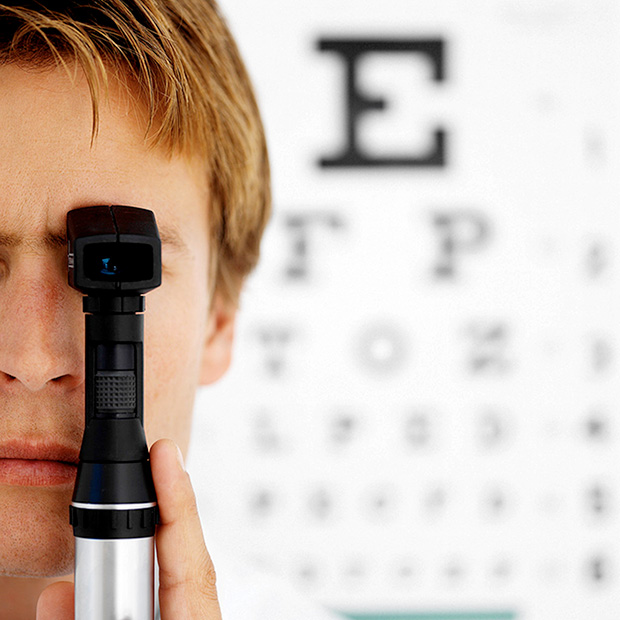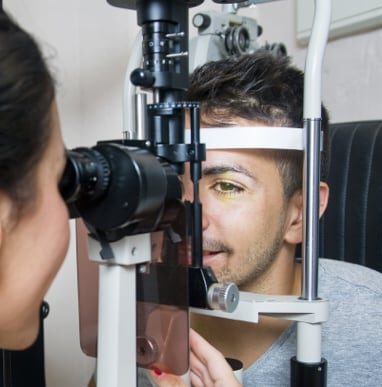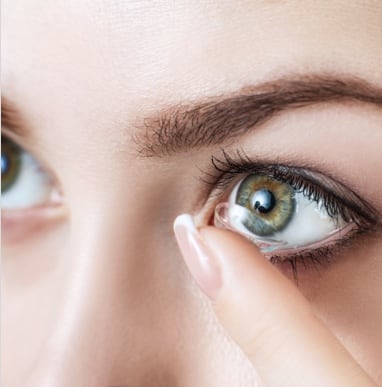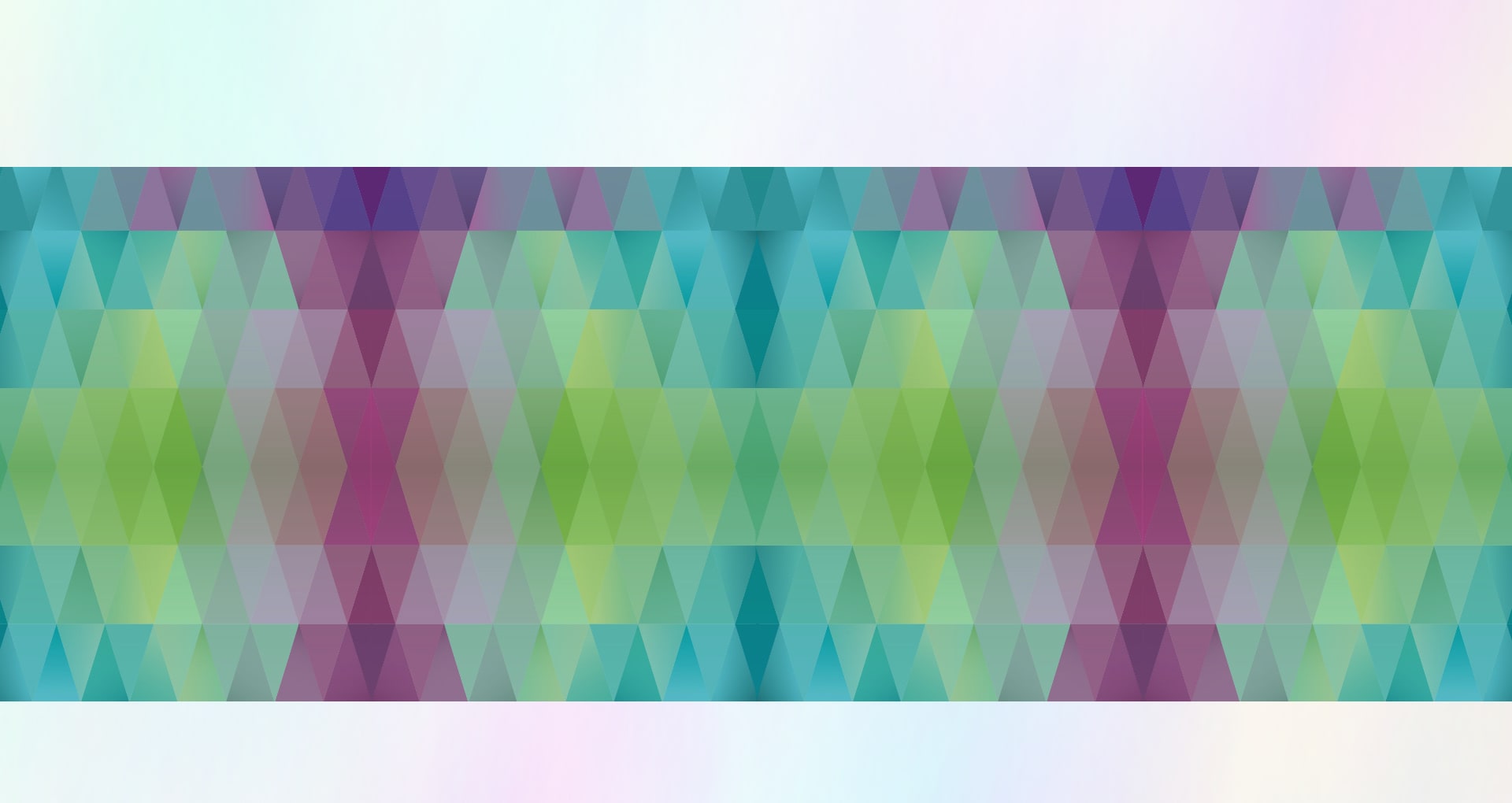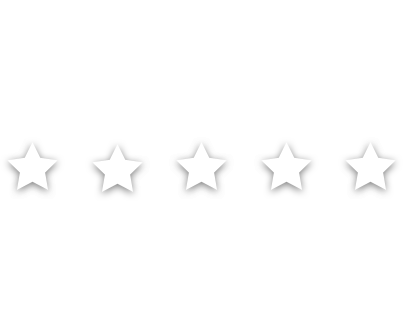
Have you ever wondered where that chart with the big E in every eye doctor’s office came from?
The famous eye chart is actually called the Snellen Chart. It was named for the 19th-century Dutch ophthalmologist who first developed it.
Glasses Before Eye Charts
Glasses were invented in Italy around 1286, though they were fairly crude. It wasn’t until two centuries later that concave and convex lenses were being crafted and sold to customers. From there, it would still be four more centuries before the field of optometry was advanced enough for vendors and eye doctors to realize that not everyone experiences vision problems the same way.
The History Of The Big E Chart
In the mid-19th century, various eye doctors began developing charts to gauge their patients’ visual acuity more precisely, and in 1862, Hermann Snellen came up with the chart optometrists everywhere still use today. The chart, called the Snellen Eye Chart, determines how well a patient can see objects twenty feet away compared to the average human eye.
[iframe https://www.youtube.com/embed/MAoDDfBFP5Y?rel=0 620 349]
For small children and people who can’t read the letters of our alphabet, a similar chart known as the “Tumbling E” chart (because it depicts rows of capital E’s pointing in different directions) is used instead.
The Origin Of 20/20 Vision
Snellen is also the mind behind the concept of “20/20 vision,” or the Snellen Ratio eye doctors use to describe how well patients read the chart. Depending on how successfully you can read the lines of letters, you could have unusually good vision like 20/10 (meaning that you can see at twenty feet what most people have to be ten feet away to see), or you could need glasses to correct poor vision.
If you can’t even read the big E on top, that means your vision is 20/200 or worse. In other words, you have to be twenty feet away to see what most people can see from 200 feet, which is the point where you’d be considered legally blind.
Limitations Of The Chart
As useful as they are, Snellen’s eye chart and ratio are no longer the only factors in determining the right prescription for your glasses. Even though we still use the chart, optometry has evolved in many other ways. Your eyes might need to be tested for how well they perceive contrast, color, depth, and peripheral sight. The Snellen chart also can’t test the overall health of your eyes, like pressure, glaucoma risk, and retina shape.
How Many Lines Can You Read?
If it’s been a while since your last appointment, it might be a good time to schedule one and have another look at that eye chart—especially now that you know its history.


